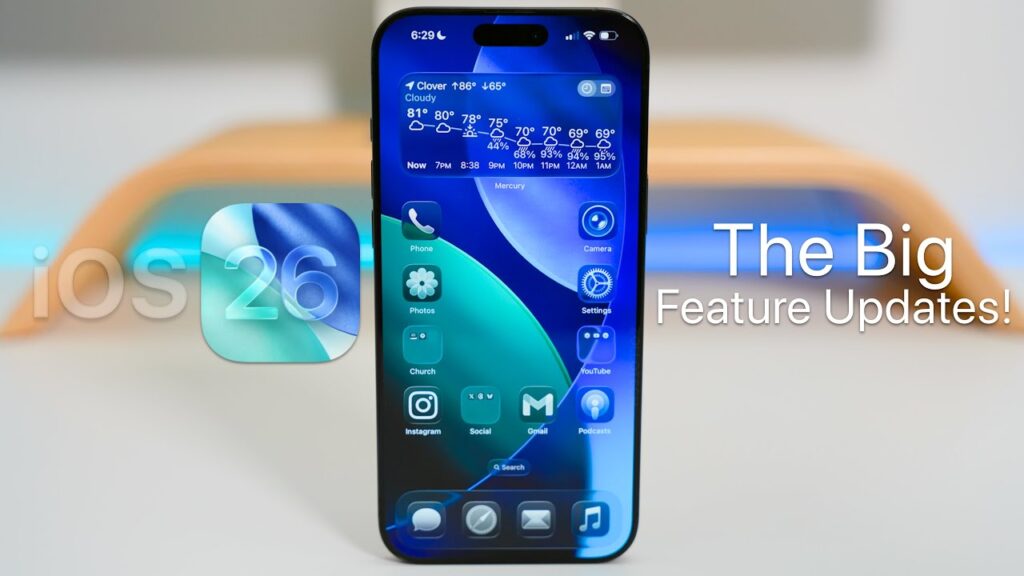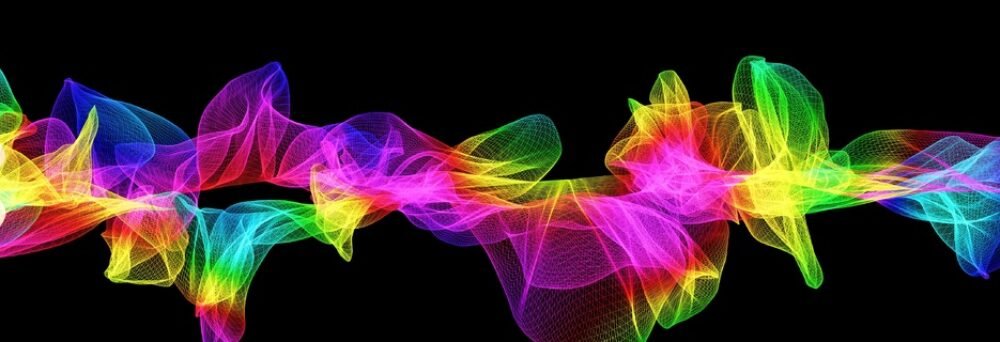Discover the groundbreaking features of iOS 26 as Apple redefines its naming scheme at WWDC 2025. Explore what’s new and how it enhances your experience.
CUPERTINO, CA – June 9, 2025 – In a move that signals a significant shift in its software strategy, Apple today announced at its annual Worldwide Developers Conference (WWDC) 2025 that it will be adopting a new, year-based naming convention for its iPhone operating system, henceforth known as iOS 26. This monumental change, alongside a sweeping “Liquid Glass” design overhaul and a suite of innovative AI-powered features, marks a new era for Apple’s ecosystem, aiming for greater clarity and a more unified user experience across all its platforms.

A New Chapter: The Naming Evolution
For years, Apple’s operating systems have followed a sequential numbering scheme, leading to disparate version numbers across iOS, iPadOS, macOS, watchOS, and tvOS. This often created confusion for users trying to discern the latest software for each device. Today, Apple put an end to that ambiguity.
Why the Change?

During the keynote address, Apple executives emphasized that the shift to a year-based naming system, like iOS 26, iPadOS 26, macOS 26, and so on, is designed to bring consistency and simplicity to its branding. This mirrors how many other industries, like the automotive sector, release “model year” products. By aligning all its major operating systems with the upcoming year, Apple aims to make it unequivocally clear to users which software is the most current and compatible across their array of devices. This change also implicitly encourages a perception of yearly, cohesive updates, rather than staggered or independently numbered releases.
Introducing Liquid Glass: A Visual Revolution

Beyond the significant naming convention update, WWDC 2025 also served as the unveiling of Apple’s most substantial visual redesign since iOS 7: the “Liquid Glass” interface. This fresh aesthetic promises a more immersive and intuitive user experience, drawing inspiration from the success of visionOS.
The Aesthetics of Transparency and Depth
Liquid Glass is characterized by translucent, glass-like elements, shimmering surfaces, and rounded corners that extend across app icons, widgets, menus, and controls. The design aims to bring greater focus to content by allowing elements to subtly reflect and refract their surroundings, creating a sense of depth and vitality. This visual language will be consistently applied across all Apple platforms receiving a “26” designation, fostering a truly unified and seamless experience as users transition between their iPhone, iPad, Mac, and other Apple devices.
iOS 26: Features That Redefine the iPhone Experience
While the naming scheme and design language captivated the audience, the core of iOS 26 lies in its robust new features and significant enhancements to existing functionalities. Apple Intelligence, the company’s powerful AI platform, takes center stage, deeply integrating into the system to offer more intuitive and personal interactions.
Enhanced Communication and Productivity
The Phone app receives its most significant overhaul in years, featuring a unified layout that consolidates Favorites, Recents, and Voicemails. A standout new feature is Call Screening, which intelligently prompts unknown callers for their name and reason for calling before the iPhone even rings, giving users unprecedented control over incoming calls. Similarly, Hold Assist will revolutionize waiting on hold, allowing the iPhone to monitor the line and notify users when a live agent becomes available.
Messages also sees substantial upgrades, including Live Translation for real-time text and audio translation, and the ability to create customizable conversation backgrounds and polls. Group chats now feature typing indicators and direct Apple Cash integration, streamlining interactions.
Intelligent Organization and Creativity
The Photos app has been restructured with dedicated tabs for “Library” and “Collections,” making organization and navigation more intuitive. The Camera app benefits from a simplified, less cluttered interface, ensuring users can focus on capturing the moment.
Apple Intelligence further enhances creativity with updates to Genmoji and Image Playground, allowing for more dynamic and personalized emoji and image generation, including the ability to mix emojis with descriptions to create entirely new visual expressions. Visual Intelligence, Apple’s answer to intelligent object recognition, is now extended system-wide, enabling users to search and act on anything displayed on their screen, with ChatGPT integration for deeper insights.
Lifestyle and Accessibility Improvements
For music lovers, Apple Music introduces Lyrics Translation and Lyrics Pronunciation, enriching the listening experience. Maps gains “Visited Places” to help users recall past locations and leverages on-device intelligence to learn daily routes, providing proactive delay notifications and alternate route suggestions.
A new Apple Games app unifies the gaming experience, offering a central hub for discovering, playing, and competing with friends. Accessibility features are significantly bolstered with Accessibility Reader, a customizable system-wide reading experience, and Braille Access, a rethought interface for braille display users.
The Future is Unified and Intelligent
The announcements at WWDC 2025 signal Apple’s clear vision for a more cohesive and intelligent ecosystem. By standardizing its naming conventions and implementing the “Liquid Glass” design across platforms, Apple is creating a more unified aesthetic. More importantly, the deeper integration of Apple Intelligence across iOS 26 and its sister operating systems promises a future where devices anticipate user needs, simplify complex tasks, and foster richer, more intuitive interactions. The public betas for iOS 26 will be available in July, with the full release expected later this fall, setting the stage for a new generation of Apple experiences.
